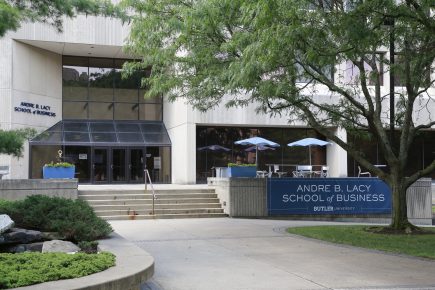The Butler University College of Business student-run captive will officially launch today (1 August) after two years in the making.
When the university first announced the captive, it predicted a launch date of academic year 2019-2020, however after the hiring of Kevin Thompson to teach the programme and a $250,000 gift from MJ Insurance and its CEO Michael Bill, the date was pushed forward to two years ahead of schedule.
The captive insurance company will insure certain programmes, including the live mascot, bulldog Butler Blue III, and any physical damage to university vehicles.
The aim of the captive is to give students hands-on experience and prepare them for an industry that is anticipated to need tens of thousands of new employees over the next seven years.
The captive will be managed by Aon and domiciled in Bermuda.
In a recent interview with Zach Finn, the clinical professor and director of the Davey Risk Management and Insurance Programme at Butler University, said: “First, we want to thank MJ Insurance here in Indianapolis for financing this idea and getting the whole ball rolling.”
Finn added: “Aon was willing to not only see this as a transaction of managing captives, but also add an educational component to this so that we can train students on the processes of how to run and operate a captive, as well as get them engaged with all of the background material.”
When choosing a domicile, Finn said a “couple of advantages stood out” for Bermuda. He said: “Top of the list was Bermuda’s concentration of reinsurers and its position as a global centre for insurance. I know that some get the sense that the US is in an isolationist mood right now, but we are not training students for how some hope the world may be, we are training them for the world that actually exists, and we’re a global economy.”
Looking to the future, Finn explained: “We are going to continue to run and operate our captive, so this will be an ongoing project. We will be doing renewals for the university every year and will continue to write and underwrite our exposures, and reinvest the captive’s profits into loss control projects.”
“In addition, we want to structure a reinsurance programme, but ultimately in our fourth year of operation we are going to do another feasibility study to become a Class 2 captive and move to third-party business.”


